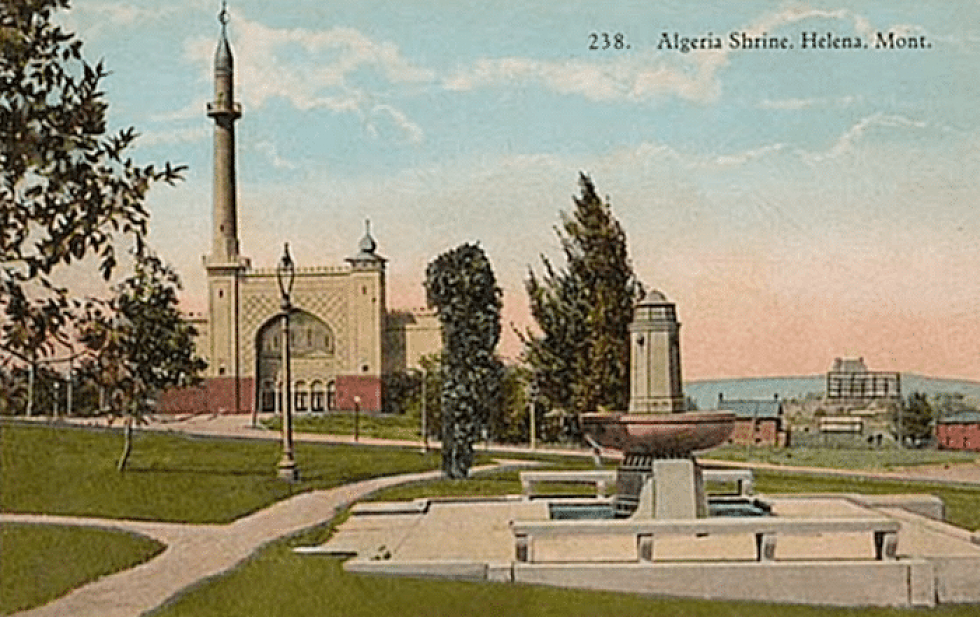
Prairie Lights: No easy fix for nation’s monumental dilemma
Searching for a voice of reason in a country up to its chin in unreasonable passion, I called Ken Robison, a historian who lives in Great Falls.
His words were the tonic I needed. Ken is a native of Montana who grew up near Geraldine and who, since retiring from a career in Naval Intelligence in 2001, has been doggedly doing research into forgotten corners of Montana history, resulting in a stream of books and numerous articles in the Great Falls Tribune and the River Press in Fort Benton.
Robison has written extensively about Montana in the Civil War era and about the influence on Montana history of Yankees and Confederates who settled in Montana during and after the war.
For his book “Confederates in Montana Territory,” Robison asked a friend of his, a member of the Sons of Confederate Veterans, to write the introduction.
“I’m such an abolitionist and a diehard Yankee,” Robison said, that he felt he needed another perspective to balance his bias against the South.
In the last chapter of that book, “The Persistence of the ‘Lost Cause,’” Robison mentions not only the Confederate Memorial Fountain in Helena, now so much in the news, but also a Soldiers Monument in Highland Cemetery in Great Falls, which he said “was the first monument in the nation to honor both the Blue and Gray.”
Robison has also written often and in great depth about the experiences of African-Americans in Montana. He helped get the Union Bethel African Methodist Episcopal Church in Great Falls on the National Register of Historic Places, and at the 44th annual Montana History Conference next month in Helena, he’ll be speaking on the involvement of African-American Montanans in World War I.
As a historian who is not in any sense a politician, Robison said, he was opposed to the removal of the Confederate memorial in Helena. But he is also angry at the city of Helena for failing to follow up on its promise, made two years ago, to erect a sign at the monument, describing the evils of slavery and explaining the context of the times in which the monument was erected.
Robinson, who helped with the wording of the sign, said the city’s explanation, that Americans with Disabilities Act requirements would have made for too large a sign, “is the lamest excuse in the world.”
I called Robison on Friday. By coincidence, an op-ed of his was published in the Tribune that morning. In it, Robison wrote that the monument in Helena was dedicated in 1916, “at a time when race relations in the country were at the nadir with segregation and lynching reaching their peak.”
Robison said he has tried to educate Montanans about the Civil War and about how Montana, like Southern states, went through its own Jim Crow era. “We were just slightly kinder and gentler about it,” he said.
And though there was no lynching of African-Americans in Montana, he said, segregation was widely enforced and “we sure as hell kept them out of the unions and out of the good-paying jobs.”
Had the city of Helena put up the sign as promised, Robison believes, the Helena City Commission ordered the removal of the monument, as it did in the wake of the violence in Virginia.
Now that the monument has been removed, he said, those who favored that action will “go on their merry way,” warm with self-righteousness, and all of us can continue to pretend that our history did not contain these shameful chapters. How much better it would have been to leave the memorial in place, along with the written history lesson that was supposed to be there, he said.
“We should know that and teach it and understand it,” he said.
Robison sent me a copy of his op-ed, which included some emphasis that was not preserved in the Tribune. The passage, referring to the fountain in Helena, read: “The only better solution, would be to erect a larger monument on the site dedicated to the Grand Army of the Republic and to the soldiers, both black and white, who fought so bravely and victoriously to save our union.”
I’m not sure this country needs yet another Civil War monument, but I do like the idea of building something, rather than tearing something down. That seems like a brute’s solution, like an option the white supremacists who gathered in Charlottesville would favor.
Destruction takes a few moments and then is done. Building something takes patient labor and then eternal maintenance. If all of us did a fraction of what Robison has done to bring the truth of our past into the present, maybe the white supremacists would find recruitment a much more difficult business.
It will be argued that we can do both—tear down the monuments while building a better future. Maybe, but it is human nature to settle for the easy victory, to rest on our laurels. It is also human nature to revel in self-righteousness, to believe that the justice of our cause excuses any actions.
That’s certainly how people felt at the dawning of the 1860s. By 1865, the Civil War had claimed 600,000 lives and left the country with wounds that still fester.
At this fraught, tense time in our history, I think it’s safer to swing hammers. Let’s leave the sledgehammers alone.
